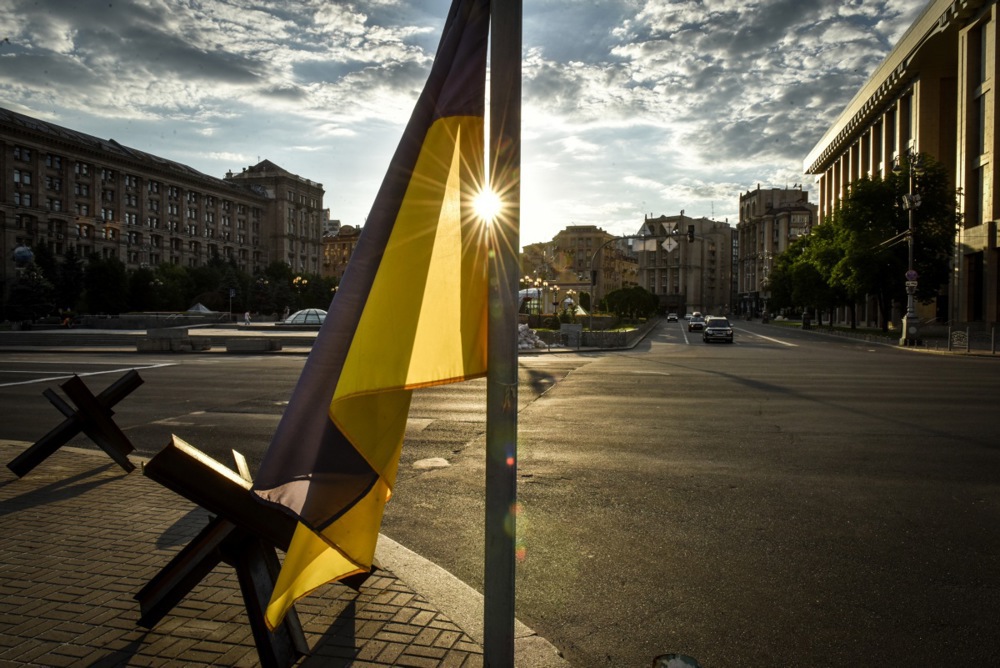1000 Days of War in Ukraine: At Least 13 Journalists Killed, and Others Stay in Russian Jails

Since the outbreak of Russia’s full-scale invasion of Ukraine on February 24, 2022, at least 13 journalists have lost their lives while covering the conflict, which emphasizes the immense risks faced by media professionals, both the Ukrainian and the international ones. The list of victims includes such names as Arman Soldin and Oksana Baulina who died as a result of Russian shelling. Others, such as Maks Levin and Mantas Kvedaravičius, probably became victims of extrajudicial executions, according to the statement of November 19 published by several international media organizations, members of the Media Freedom Rapid Response (MFRR) mechanism.
“Dozens of other journalists have been wounded while reporting on the war,” the statement says, and Ukrainian media infrastructure, including newsrooms and TV towers, was severely damaged and destroyed as a result of armed attacks.
The death of Ukrainian journalist Victoria Roshchyna in Russian custody in July 2023 is an example of the extreme dangers faced by journalists detained in occupied areas. The circumstances of her death still remain unclear, and the Russian authorities refuse to investigate the case or circumstances of her death and have refused to return her body to her family. “The news of Roshchyna’s death serves as a reminder that at least 13 other Ukrainian journalists continue to be held in Russian captivity,” the statement says. The Ukrainian media community supposes that the other detained journalists’ lives are also at risk due to the lack of legal guarantees of their safety.
CYBER ATTACKS
Along with physical violence, the Ukrainian media faces increasingly intensifying cyber attacks. They include hacking, spoofing, and Distributed Denial of Service (DDoS) attacks destabilizing major news websites. These attacks cause disruptions lasting for several hours on average, involve economic consequences, and seriously affect public access to information.
Another alarming phenomenon is the appearance of “clones” of the news websites popular in Ukraine. Such pages publish pro-Russian disinformation, such as statements about Ukraine’s losses in the war, lack of ammunition, or accusations of corruption against the Ukrainian government. The MFRR has addressed the European authorities and tech platforms calling for urgent reactions to counter such attacks.
PRESSURES AGAINST THE FREEDOM OF THE PRESS
Moreover, in some cases, the war has become a pretext for controversial steps taken by the Ukrainian authorities against the press. One of the most severely criticized steps is “Єдині новіны,” a centralized broadcasting format of the content produced due to the fusion of several TV channels: it is blamed for showing an excessively benevolent attitude regarding the Ukrainian government. The European Commission has called for “reconsidering” this project.
Investigative journalists have also been faced with surveillance and intimidation. Cases such as those of journalist Iurii Nikolov or the Bihus.info newsroom staff remain unresolved, raising questions about the protection of the freedom of the press in Ukraine.


